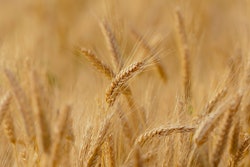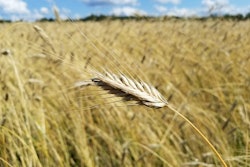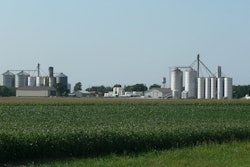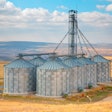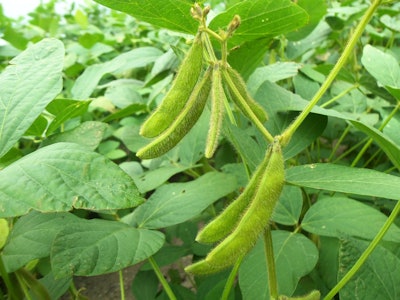
U.S. Crop Conditions Mixed
Bean crop ratings surprisingly improved 2 points to 60% good to excellent, but are still below 73% last year.
86% of the crop was blooming versus 82% average, while 58% was setting pods compared to 52% average.
Corn conditions decreased for the third consecutive week, down to 62% good to excellent from 64% previously.
Increases in IL and OH were not enough to offset declines in IA, MN and NE.
The crop was reported at 91% silking versus 86% average and 38% was in the dough stage versus 33% average.
Spring wheat ratings improved slightly last week, up 1 point to 10% good to excellent, but remain historically low.
Spring wheat harvest progressed to 17% from 3% last week and is ahead of the 8% average.
Winter wheat harvest is 91% complete compared to 86% average.
Cotton conditions slipped to 60% good to excellent from 61% last week, while 50% of the crop is setting bolls compared to the average at 53%.
FBN’sTake OnWhat It Means:While the weather pattern was active last week, the warmer than normal temperatures and areas of dryness negatively impacted the corn crop. Forecasts look more favorable through mid August with more chances for rainfall and lacking excessive heat. This could be more beneficial for the bean crop which is more determined by August weather compared to corn, which is less likely to see a large swing in production due to its advanced growth stage.

SovEcon Cuts Russia’s Wheat Production Outlook
The agency whacked 5.9 million tonnes from its wheat production forecast.
The crop now is seen at 76.4 million tonnes.
The main issue was the Russian government reporting pre-harvest winter wheat area at 15.6 million hectares meaning that winterkill was above market expectations.
SovEcon previously had reported winter wheat harvested area at 16.8 million hectares.
SovEcon also cited hot and dry weather in July as an additional reason for the downgrade.
While temps have been warmer than normal, rainfall levels are running right at the average for winter and spring wheat areas.
IKAR also cut its forecast for wheat production by 3 million tonnes to 78.5 million citing low yields in the Central and Volga regions.
FBN’sTake OnWhat It Means:One key thing to remember is that Russia has large rollover stocks; that is a sizable buffer to production cuts. The situation is tighter than we anticipated a month ago but is far from a disaster. However, cuts to Russia’s production are a plus for winter wheat futures.
FBN Market Advisoryservices are offered by FBN BR LLC, dba FBN Brokerage, FBN BR and FBN Market Advisory (NFA ID: 0508695)
The risk of trading futures and options can be substantial and may not be suitable for all investors. Past performance is not necessarily indicative of future results.
This is not an offer or solicitation in any jurisdiction where we are not authorized to do business or where such offer or solicitation would be contrary to the local laws and regulations of that jurisdiction, including, but not limited to, persons residing in Australia and Canada.






